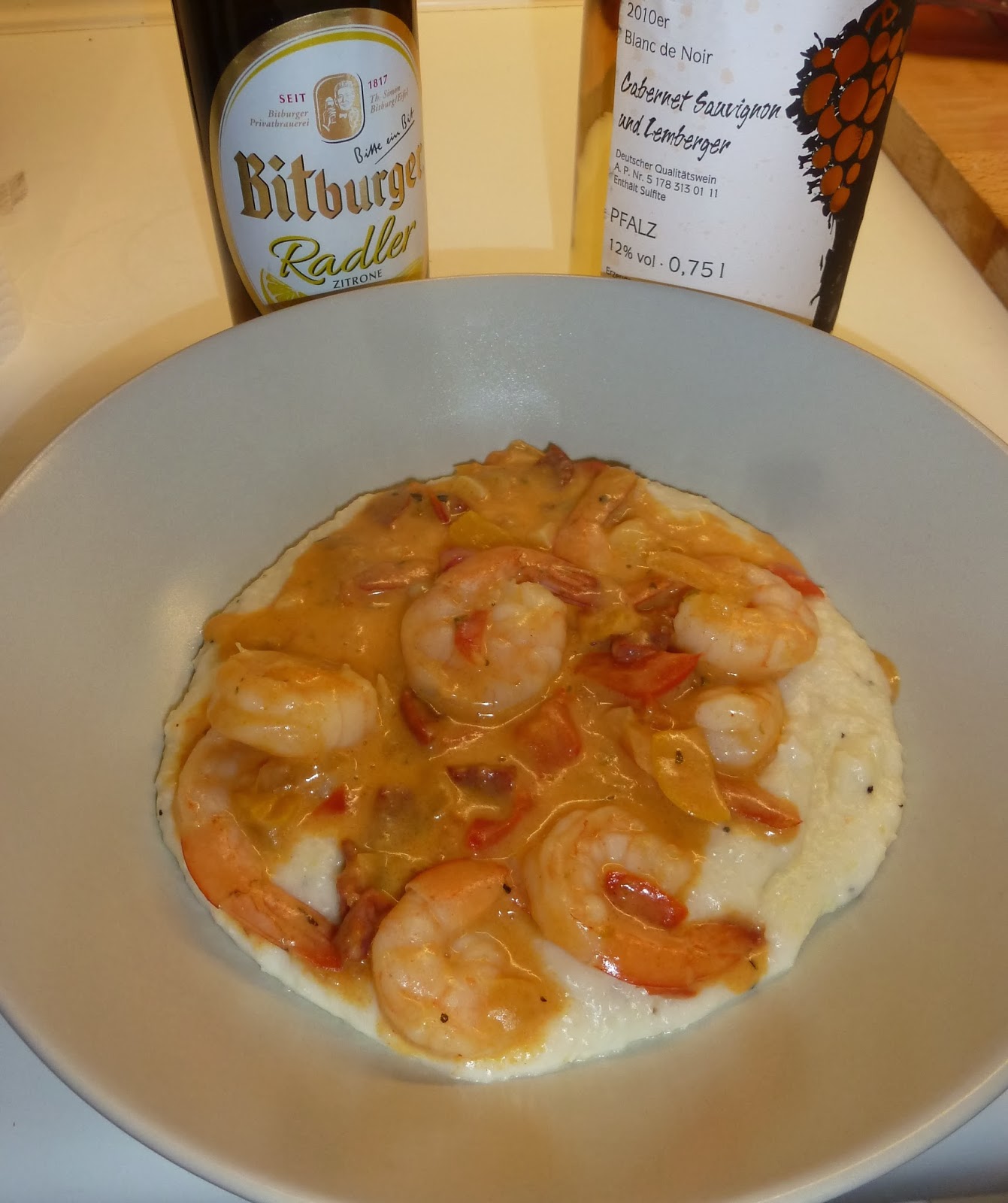Let’s
chat about Crémant, those sparkly French wines from regions other than
Champagne. Specifically, I have four
bottles, two each from Burgundy and Alsace. Crémant de Bourgogne and Crémant de
Alsace.
I could
write all day and all night about wines from Burgundy and the Alsace, but that
would severely impact my drinking time, and yours. And you'd end up like one of those effete
jazz aficionados who can talk your ear off about rhythm, but can’t keep a beat
with a tin drum and a jackhammer.
Let’s keep
the blather to a trickle, concentrate on Crémant, and pop some corks! But, I know you want to impress the sweet
thing you’re sharing your bottle with, so here’s a “leeetle beet” about what
you’re drinking, so you can make a good impression before you start to drool
and pass out.
Scan this
map of French wine regions and realize we’re having a chat about Burgundy
(centered on the city of Beaune, pronounced Bone) and Alsace (whose capital is
Strasbourg).
Alsace is
especially noted for white wine, from a variety of grapes. But in the past
twenty years, the bubbly versions have grown by leaps and vines.
Same may
be said of Burgundy. Although in
Burgundy, reds rule the viniculture and the bubbly output does not reach that
of Alsace.
The word,
Crémant (Cray-mont). The Frenchies are
huge on protecting the sanctity of wines from specific regions. Can’t call a bottle of bubbly ‘Champagne’,
unless it comes from the Champagne region.
Can’t call brandy ‘Cognac’ unless it comes from the Cognac region. Not at all sure American companies follow these rules. Pretty sure I've seen sparkling wine from California labeled Champagne. Don't get me started on American food and beverage companies...
We do something
similar with bourbon. According to many
international agreements, bourbon must be made in the United States to be
called bourbon. Tennessee distillers
chose to call their whiskey, Tennessee Whiskey.
No reason
I can see why Detroit and Idaho shouldn’t jump on the elitism bandwagon and
insist on exclusivity with ‘Car’ and ‘Potato.’
But, back
to Crémant. How is it made? Same way Champagne is created. But, another
caveat. Wine makers from other regions
cannot call it méthode
champenoise, so they say the ‘methode
traditionelle,’ meaning the same thing.
1.
Age the
grape juice in wooden casks (minimum of 9 months)
2.
Bottle it
3.
In each
bottle, add a mixture of wine, sugar, and yeast for a second fermentation,
which produces carbon dioxide bubbles
4.
Rotate
the bottles to permit the dead yeast cells to float to the top for extraction
5.
Add a
wine, sugar mixture to control the final result
We’re
going to taste, sip, gulp, and ingest great quantities of Brut (3 bottles) and
one bottle of Demi-Sec.
Brut =
very dry
Sec = dry
Demi Sec
= medium dry
Fashionable
to lean toward Brut, which means as much sense as wearing your hair like Brittany Spears,
or buying a watch after seeing a celebrity’s wrist on a billboard.
Don’t
pass on the Sec and Demi Sec out of a misplaced loyalty to fashion, or
preconceived notions. Of the four wines,
each of them had different flavors, and aromas. I thoroughly enjoyed each of
them.
On to the
Crémant! One bottle each of Turckheim
(Brut, Alsace), Wolfberger (Demi Sec, Alsace), and two bottles from Burgundy,
both Brut and from the vintner Veuve Ambal. (http://www.veuveambal.com/en/our-history.php#/Histoire?Rubrique=HistoireMarieAmbal) Wasn’t intentional to have two from the same
spot, but they turned out to also be very different, and nicely balanced,
without a hint of harshness.
Turckheim
(Brut) – Light and fruity, with an uncluttered fragrance(almost invisible nose).
Perfect with desserts and balsamic flavored salads.
Veuve
Ambal (Brut) – A noticeable tart smoothness, with fruit undertones, and a very
light nose. This is ‘tart’ without curling your tongue, or wrinkling your lips.
Marie
Ambal (Brut) – Full bodied, slightly tart.
Will stand up well to steaks and other roasted meats. Want to
concentrate your taste buds on the grape and not be distracted by fruit
flavors? This is the one!
Wolfberger
(Demi Sec) – fruity, with a beautiful nose.
In both the nose and the flavor, hints of citrus and pear. As with many Demi Sec, this one has a rounded
finish. With or without food, this is a
nice sip.
I often
hear people say they are not fond of Champagne. The chalky soil of that region
does induce a strong and not always comforting flavor. Acquired taste, one might hint. But when you think of sparkling wine, don’t
stop with Champagne. Crémant offers a full spectrum of flavors, most of them
softer due to the granite soil.
The skinflint
in my genes also tends to genuflect at the altar of price. Feel free to mix in more tangled metaphors. Crémant may be purchased at a fraction of the
cost of Champagne, and to my taste, loses nothing in the bargain. Total cost for these four bottles was about
$25. I say, “Pop another cork! Drink up!”













